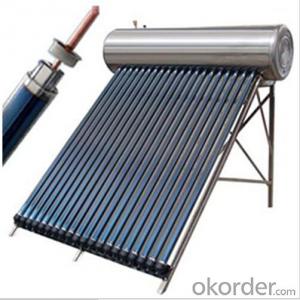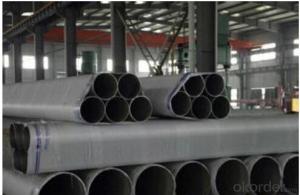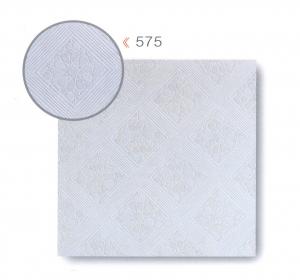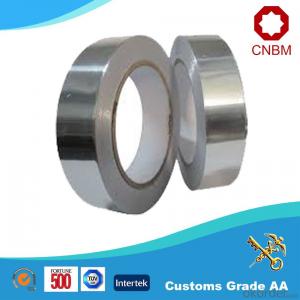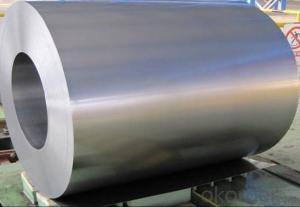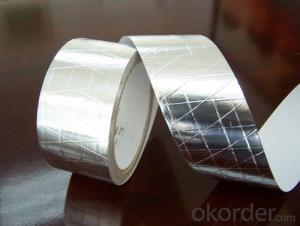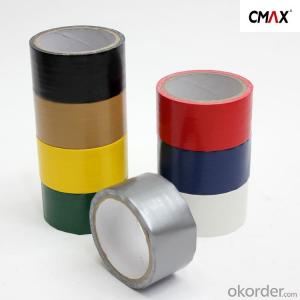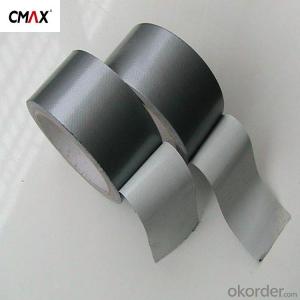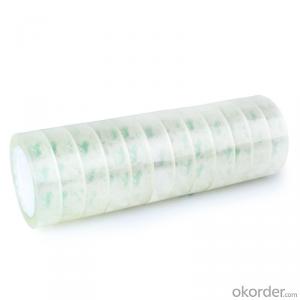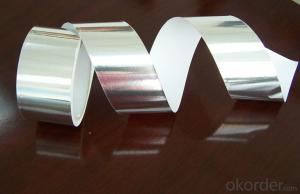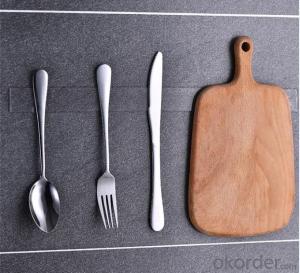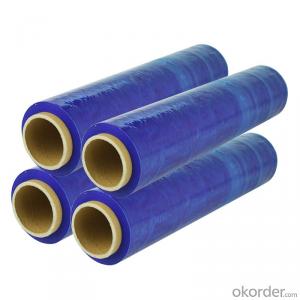Refrigerators Stainless Steel
Refrigerators Stainless Steel Related Searches
Best Paint For Stainless Steel Blanket Insulation For Steel Buildings Primer For Galvanized Steel Foam Filter For Stainless Steel H S Code For Stainless Steel Surface Grinding Wheels For Stainless Steel Surface Grinding Wheels For Hardened Steel Hole Saw For Stainless Steel Paint For Stainless Steel Stainless Steel For BbqHot Searches
Steel Mesh Panels For Sale Price For Stainless Steel Scrap Scrap Price For Stainless Steel Price For Stainless Steel Stainless Steel Tank For Sale Stainless Steel Sheets For Sale Cheap High Tea Sets For Sale Stainless Steel Tanks For Sale Stainless Steel For Sale High Density Fiberboard For Sale Solar Hot Water Collectors For Sale Scaffolding For Sale In Uae Scaffolding For Sale In Ireland Scaffolding For Sale In Houston Type Of Inverter For Solar Price Of Shipping Containers For Sale Types Of Inverter For Solar Stock Price For Aluminum Used Solar Inverter For Sale Steel Mesh Panels For SaleRefrigerators Stainless Steel Supplier & Manufacturer from China
Okorder.com is a professional Refrigerators Stainless Steel supplier & manufacturer, offers integrated one-stop services including real-time quoting and online cargo tracking. We are funded by CNBM Group, a Fortune 500 enterprise and the largest Refrigerators Stainless Steel firm in China.Hot Products
FAQ
- Indeed, cables or cords can be secured using packaging tape. Although it may not be the optimal option, particularly for prolonged or demanding uses, packaging tape can temporarily fasten cables or cords. This can aid in preventing entanglement or obstruction, particularly during transportation or storage. Nevertheless, it is crucial to acknowledge that packaging tape is not specifically designed for cable management. Consequently, it may not offer the same level of resilience or versatility as specialized cable ties or straps. For enduring or heavy-duty cable management, it is advisable to utilize products explicitly created for that intent.
- Indeed, packaging tape possesses the capability to seal packages containing electronic components effectively. Its purpose is to furnish packages with a sturdy and long-lasting seal, safeguarding the contents from external factors like moisture, dust, and physical harm. When sealing packages that house electronic components, it becomes crucial to verify the tape's strength in order to maintain package integrity and offer sufficient protection. Moreover, it is advisable to employ anti-static packaging tape exclusively created for electronic components, as this type aids in the dissipation of static electricity and serves as a preventive measure against potential harm to delicate electronics.
- Writing on packaging tape can be quite difficult due to its smooth and glossy surface. Most writing tools struggle to stick properly to the tape, resulting in smudged or faded writing. Furthermore, the adhesive properties of packaging tape can cause ink to bleed, making it challenging to achieve clean and precise writing. As a solution, it is recommended to use a permanent marker or a specialized pen specifically designed for non-porous surfaces such as plastic. These writing tools typically yield superior outcomes and ensure that your writing stays legible and intact.
- Yes, packaging tape does come in different adhesion levels for various surfaces. There are different types of packaging tapes available in the market, each designed to adhere to specific surfaces. For example, there are packaging tapes with low adhesion levels that are ideal for delicate surfaces such as paper or cardboard, as they provide a secure bond without damaging the surface when removed. On the other hand, there are high adhesion packaging tapes that are specifically formulated for sticking to rough or uneven surfaces, such as plastic or metal. These tapes have a stronger adhesive to ensure a secure hold in challenging environments. Additionally, there are also packaging tapes with medium adhesion levels that are versatile and suitable for general-purpose usage on a variety of surfaces. The different adhesion levels allow users to choose the most appropriate packaging tape based on the specific surface they need to adhere to, ensuring optimal performance and reliability.
- Packaging tape indeed possesses a specific weight capacity. The weight capacity of packaging tape relies on its thickness, width, and overall quality. Typically, packaging tapes are engineered to effectively seal boxes and packages, with their weight capacity determined by their adhesive strength and resilience. The majority of standard packaging tapes can handle a weight capacity ranging from approximately 20 to 30 pounds. Nonetheless, there are heavy-duty packaging tapes available that can manage weights of 50 pounds or more. It is crucial to take into account the weight of the package or box that requires sealing and opt for a packaging tape that can accommodate the precise weight capacity in order to ensure a secure and dependable seal.
- Yes, packaging tape can be used for sealing cloth or fabric items. However, it may not provide the most secure or aesthetically pleasing seal for these items. It is recommended to use specialized fabric tapes or sewing methods for a more effective and durable seal on cloth or fabric items.
- There is a wide range of packaging tape options to choose from, each tailor-made for specific purposes and applications. Here are a few commonly used varieties: 1. Transparent packaging tape: This is the most commonly employed type of packaging tape due to its versatility. It is transparent and boasts a strong adhesive bond, making it ideal for sealing boxes and packages. 2. Brown packaging tape: Also referred to as "brown tape" or "packing tape," this tape is typically constructed from brown or tan-colored material and reinforced with fiberglass. It offers exceptional strength and durability for securing heavy or bulky packages. 3. Masking tape: Although not specifically designed for packaging, masking tape can be used for light-duty sealing or labeling needs. It is easily removable and leaves no residue, making it suitable for temporary applications. 4. Duct tape: Renowned for its strength and versatility, duct tape is not primarily intended for packaging purposes but can be utilized in certain situations. It possesses a powerful adhesive bond and is known for its ability to stick to various surfaces, including uneven or rough ones. 5. Filament tape: This tape is fortified with fiberglass filaments, providing incredible strength and resistance. Filament tape is commonly used for bundling or reinforcing heavy or irregularly shaped items. 6. Double-sided tape: Unlike other packaging tapes, double-sided tape has adhesive on both sides and is employed for a variety of applications, such as bonding two surfaces together or mounting objects. 7. Kraft paper tape: Crafted from a renewable resource, kraft paper tape serves as an eco-friendly alternative to plastic tapes. It requires moistening before application as it is water-activated. Kraft paper tape delivers a robust seal and is often utilized for sealing cartons or packages that contain valuable or fragile items. 8. Colored packaging tape: This tape comes in a range of colors and is commonly used for color-coding packages, labeling, or enhancing the aesthetic appeal of packages. These represent just a few of the packaging tape options available in the market. Each type possesses its own distinct characteristics and is suitable for specific packaging requirements. When selecting the appropriate tape, it is crucial to consider factors such as the weight and nature of the package, the environment it will be exposed to, and any specific regulations or requirements that may be applicable.
- Yes, packaging tape can be used for sealing furniture or home goods. Packaging tape is designed to provide a secure and strong seal, making it suitable for various purposes including sealing boxes and packages. When used on furniture or home goods, packaging tape can help keep the item protected during transportation or storage. It is important to ensure that the tape is applied properly and that it does not damage the surface or leave any residue. Additionally, depending on the weight and size of the item, it might be more appropriate to use specialized tapes or techniques for sealing furniture or home goods to ensure maximum protection.




















